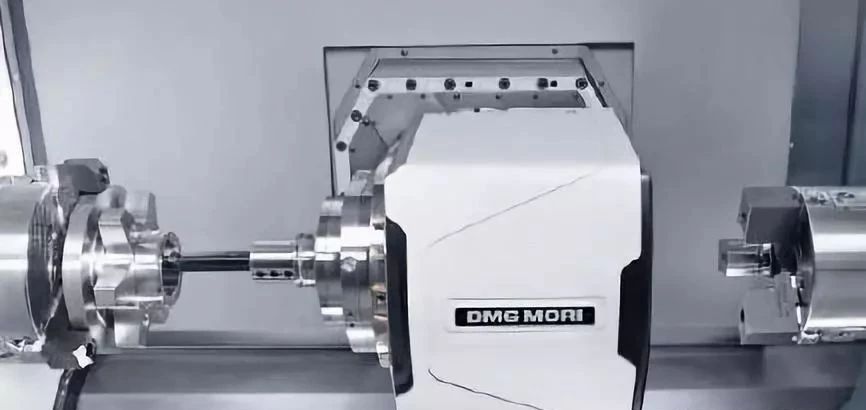How to improve high precision machining accuracy ?
Precision machining accuracy is mainly used to produce products. Machining accuracy and machining errors are terms used to evaluate the geometric parameters of the machining surface. However, the actual parameters obtained by any machining method will not be absolutely accurate. From the perspective of the function of the part, as long as the machining error is within the tolerance range required by the part drawing, it is considered that the machining accuracy is guaranteed.
Machining accuracy refers to the degree to which the actual geometric parameters (size, shape, and position) of the part after machining match the ideal geometric parameters. The difference between them is called processing error. The size of the processing error reflects the level of processing accuracy. The larger the error, the lower the machining accuracy, and the smaller the error, the higher the machining accuracy. The following briefly introduces the methods to improve the accuracy of workpiece processing:
First, adjust the process system
(1) Trial cutting adjustment By trial cutting-measuring the size-adjusting the cutting amount of the tool-cutting by cutting-retry cutting, and so on until the required size is reached. This method has low production efficiency and is mainly used for single-piece small batch production.
(2) The adjustment method obtains the required dimensions by adjusting the relative positions of the machine tool, fixture, workpiece and tool in advance. This method has high productivity and is mainly used for mass production.
Second, reduce machine error
(1) The rotation accuracy of bearings should be improved: ① choose high-precision rolling bearings; ② use high-precision multi-oil 锲 dynamic pressure bearings; ③ use high-precision hydrostatic bearings
(2) Improve the accuracy of bearing-related parts: ① Improve the machining accuracy of box support holes and main shaft journals; ② Improve the machining accuracy of surfaces that cooperate with bearings; ③ Measure and adjust the radial runout range of corresponding parts to make errors Compensation or cancellation.
(3) Appropriate pre-tensioning of rolling bearings: ① can eliminate clearance; ② increase bearing stiffness; ③ homogenize rolling body errors.
(4) The spindle rotation accuracy is not reflected on the workpiece
Third, reduce the transmission error of the transmission chain
(1) The number of transmission parts is small, the transmission chain is short, and the transmission accuracy is high;
(2) The use of down-speed transmission is an important principle to ensure transmission accuracy, and the closer to the end of the transmission pair, the smaller the transmission ratio should be;
(3) The accuracy of the end piece should be higher than other transmission pieces.
Fourth, reduce tool wear
(1) The tool must be re-sharpened before the tool size wear reaches a sharp wear stage
(2) Use special cutting oil for full lubrication
(3) The material of the tool should meet the process requirements
Five, reduce the force deformation of the process system
(1) Improve the stiffness of the system, especially the weakness of the weak links in the process system;
(2) Reduce the load and its changes
Six, reduce the thermal deformation of the process system
(1) Reduce heat generation and isolate heat sources
(2) Equilibrium temperature field
(3) Adopt reasonable machine tool component structure and assembly standards
(4) Accelerating heat transfer equilibrium
(5) Control the ambient temperature
Seven, reduce residual stress
(1) Add heat treatment process to eliminate internal stress;
(2) Reasonably arrange the technological process.

